So, a Neanderthal walks into a cave, spots a pebble that looks like a face, dips his finger in red ochre, and leaves a print right where the nose should be. Fast forward 43,000 years, and archaeologists in Spain are losing their minds over what might be the world’s oldest known portrait—complete with a fingerprint. If you are not familiar with the word Neanderthal; this is species we are finding more and more evidence about nowadays. They were from the monkey family but they looked, acted, and lived like humans. Scientists just found out that they created art work too.
Now, if you’re a Hindu or familiar with Hindu books and thinking, “Wait, didn’t our ancestors already talk about beings who weren’t quite human but were intelligent, communicative, and played pivotal roles in society?” You’re onto something. Let’s take a stroll through the Ramayana and see how ancient texts might have been dropping truth bombs long before modern science caught up.
I have always been intrigued about Neanderthals and the connection with Ramayana.
More Than Monkey Business
In the epic Ramayana, we meet the Vanaras—beings like Hanuman, Sugreev, and Bali. Often depicted as monkey-like, these characters showed intelligence, emotion, and a sense of duty that rivals any human hero.
- Hanuman: Not just a devotee of Lord Rama, but a scholar of the Vedas, a master strategist, and a warrior with unmatched strength and humility.
- Sugreev: The exiled brother seeking justice, whose alliance with Rama turns the tide in the battle against Ravana.
- Bali: A complex figure whose strength was legendary, but whose pride led to his downfall.
These aren’t just tales of talking animals; they’re narratives of beings with advanced cognition, societal roles, and moral dilemmas.
Connecting the Dots: Ancient Texts and Modern Discoveries
The recent Neanderthal find in Spain isn’t an isolated incident. Over the years, discoveries have shown that Neanderthals used pigments, created jewelry, and had burial rituals—behaviors once thought exclusive to Homo sapiens.
Similarly, ancient Hindu scriptures have long spoken of:
- Multiple Lokas (worlds): Descriptions of various realms of existence, some inhabited by beings with different forms and abilities. And there are exact manufacturar manuals for aircrafts/space crafts in these thousands of years old books. These aircrafts were called Vimanas.
- Advanced Cosmology: Texts in old Hindu scriptures detail astronomical calculations, planetary distances, and time cycles with astonishing precision. Crazy stuff.
- Inter-species Communication: Stories abound of humans interacting with Devas, Asuras, Nagas, and Vanaras—beings with distinct characteristics and wisdom. Not too long ago, scientists modified something in a mouse’s DNA to experiment if a mouse can speak like humans. The results of the first test- the mouse could make the M sound. One little change, and boom. What makes us think, that species with vocal capabilities like humans didn’t exist?
It’s almost as if our ancestors were documenting their observations, while we, in our modern arrogance, dismissed them as mere mythology.
Ancient Wisdom Meets Modern Validation
- Neanderthal Artistry: The 43,000-year-old fingerprint suggests symbolic thinking and artistic expression.
- Vanara Intelligence: Hanuman’s knowledge of the Vedas indicates a high level of scholarly aptitude.
- Cosmic Understanding: Ancient texts describe planetary movements and cosmic cycles with remarkable accuracy.
- Inter-species Societies: Narratives of humans coexisting and collaborating with other intelligent beings.
Embracing the Wisdom of the Ages
As science peels back the layers of time, it’s beginning to validate what ancient scriptures have conveyed for millennia. Perhaps it’s time we approach these texts not just as religious or cultural artifacts, but as repositories of knowledge waiting to be rediscovered.
So, the next time someone scoffs at the idea of talking monkeys or ancient cosmology, remind them: sometimes, the oldest stories hold the newest truths.
I know I am not wrong here. I truly believe that Hindu old scriptures have captured the stories of Neanderthals and other species coexisting and communicating with humans.
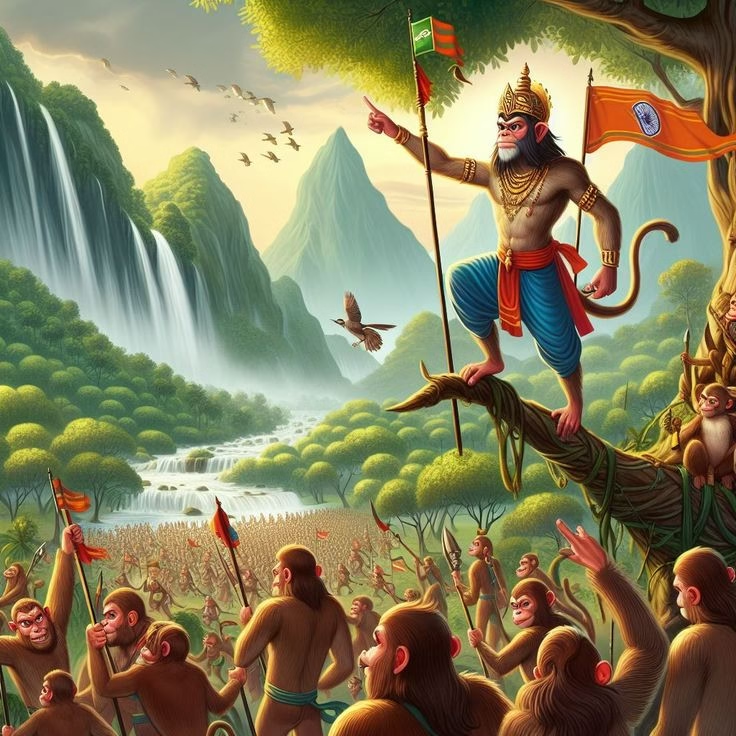
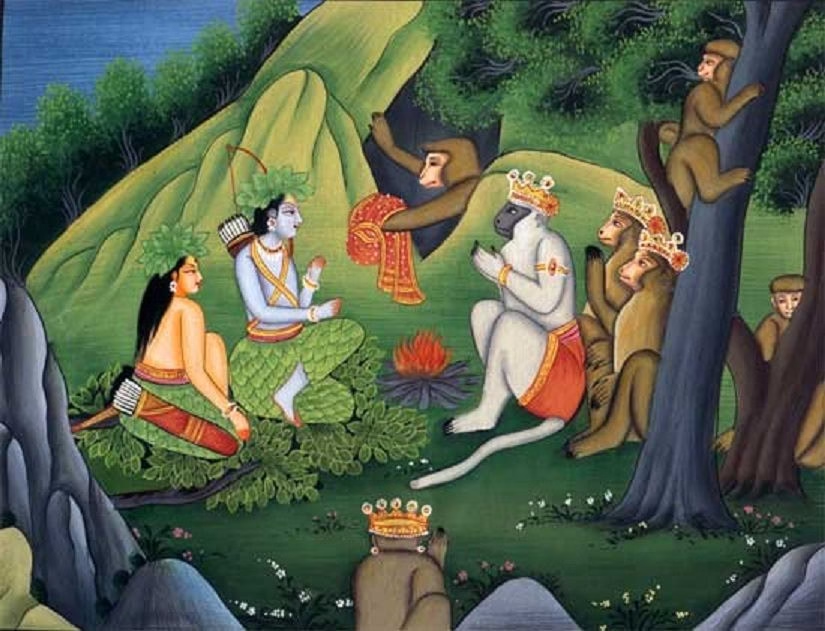
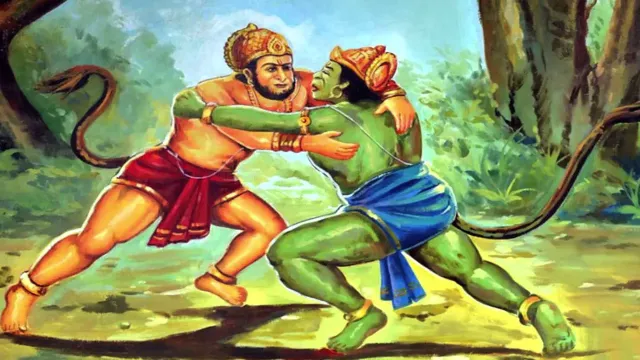
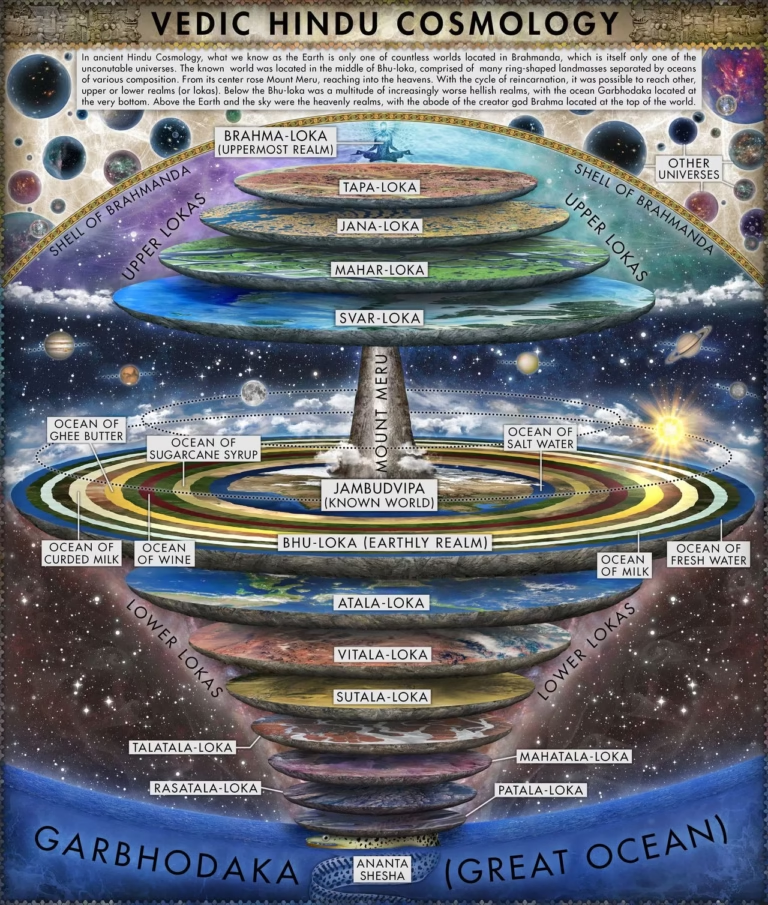
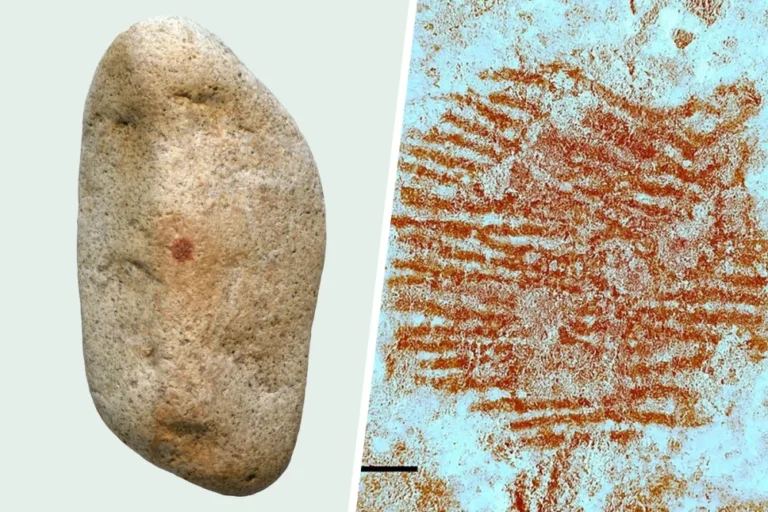
This is such a fascinating story. I am so interested about the Neanderthals now. Thank you for creating this!!
Thank you, Ariana.